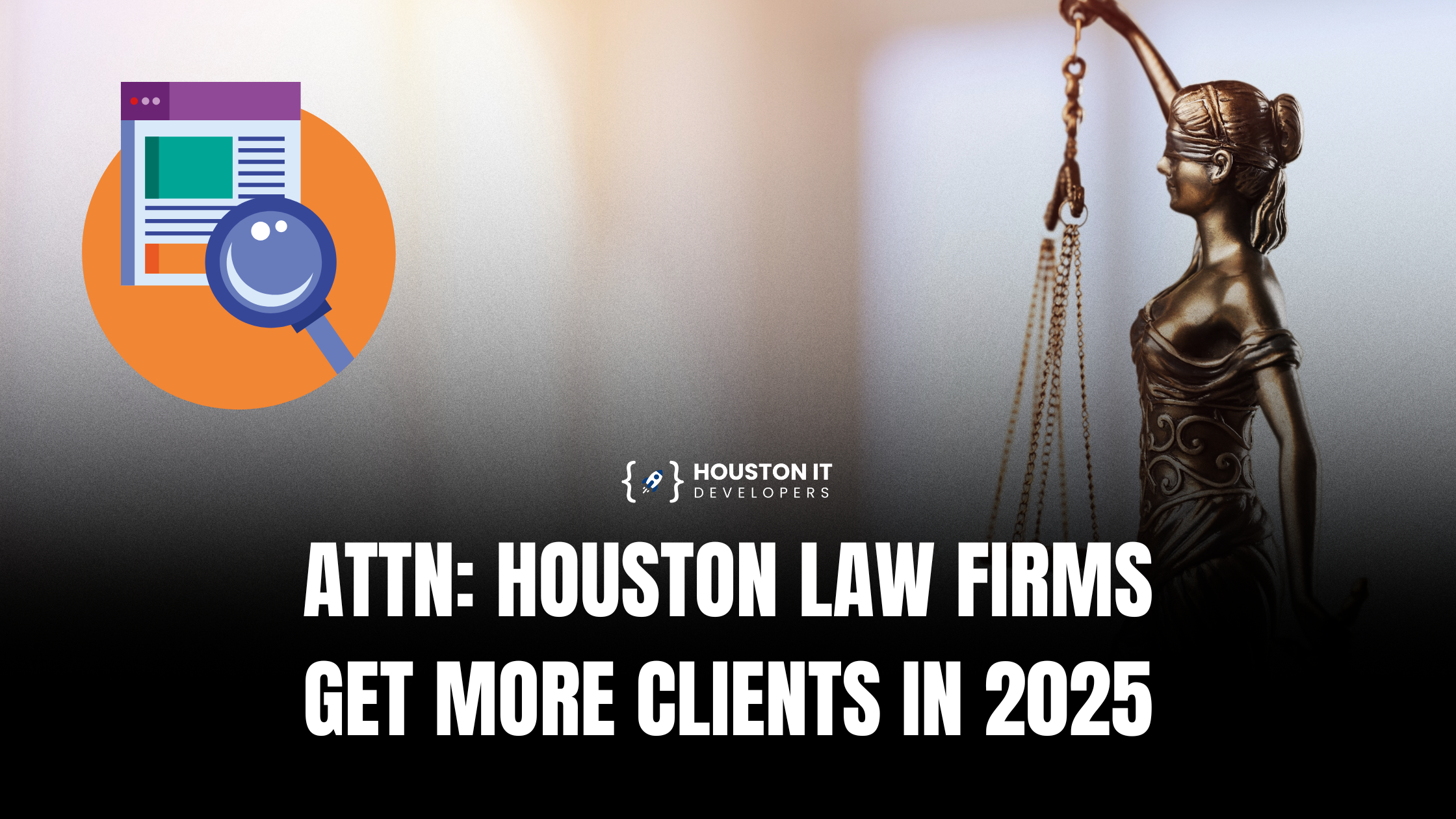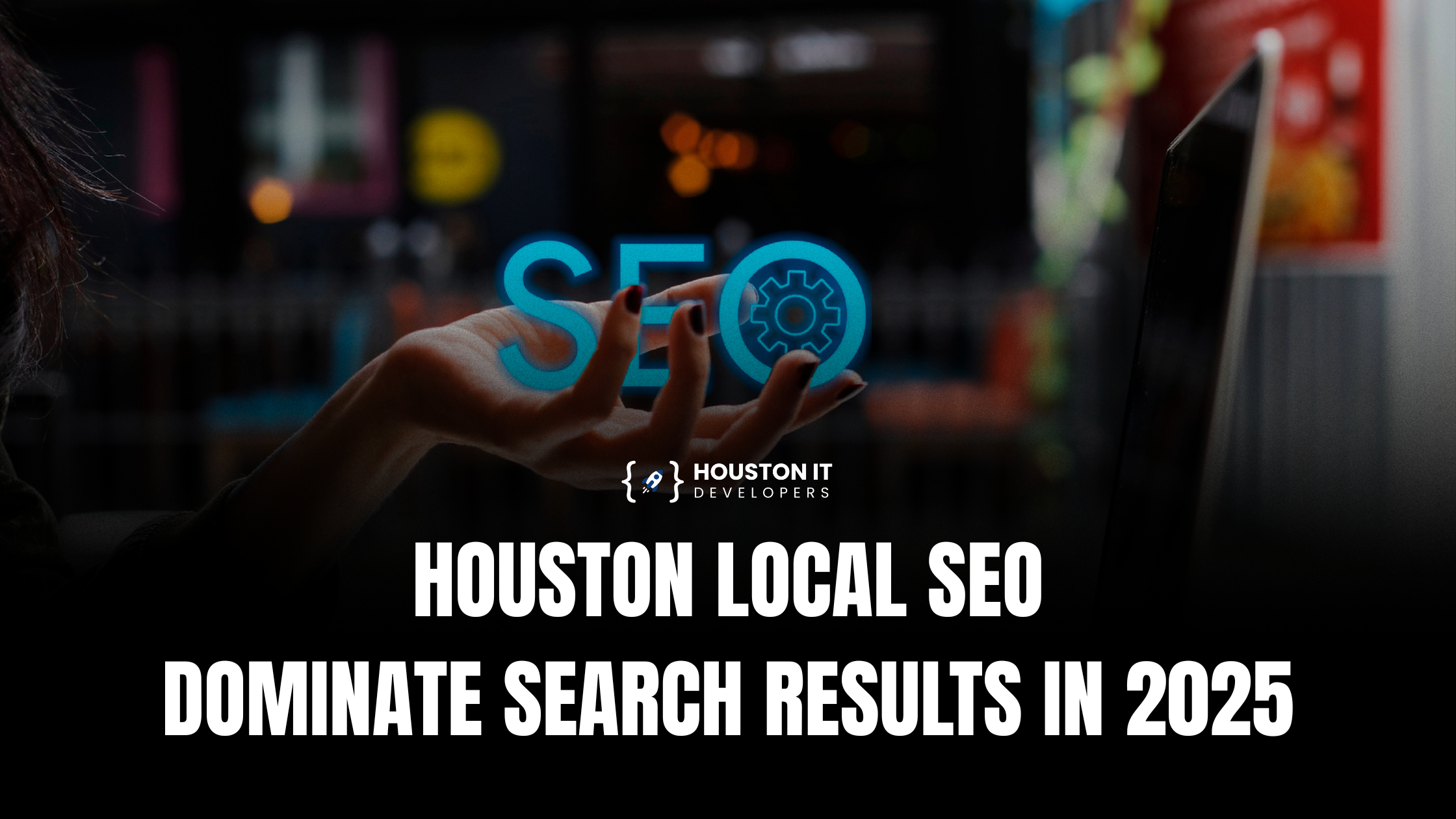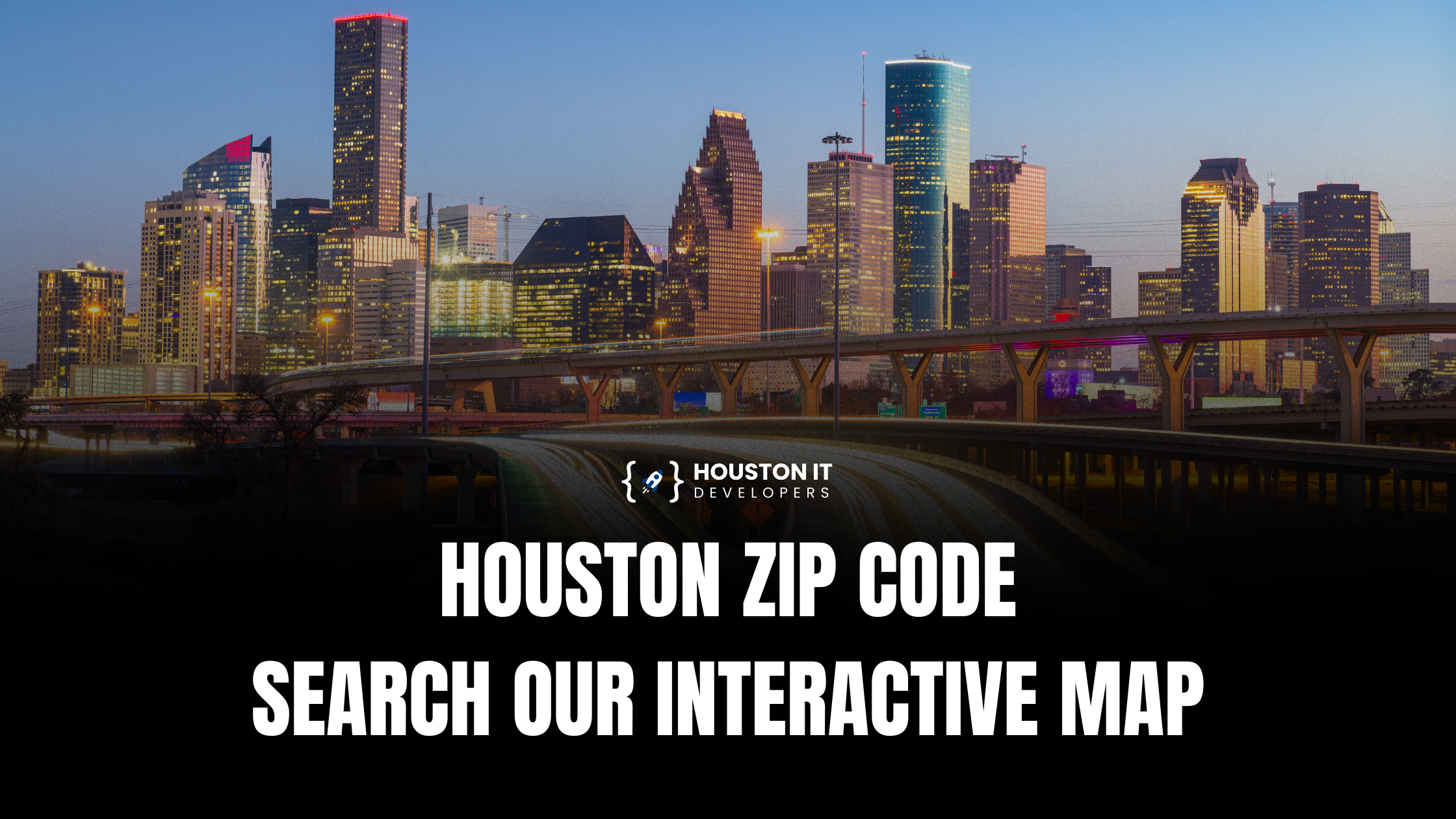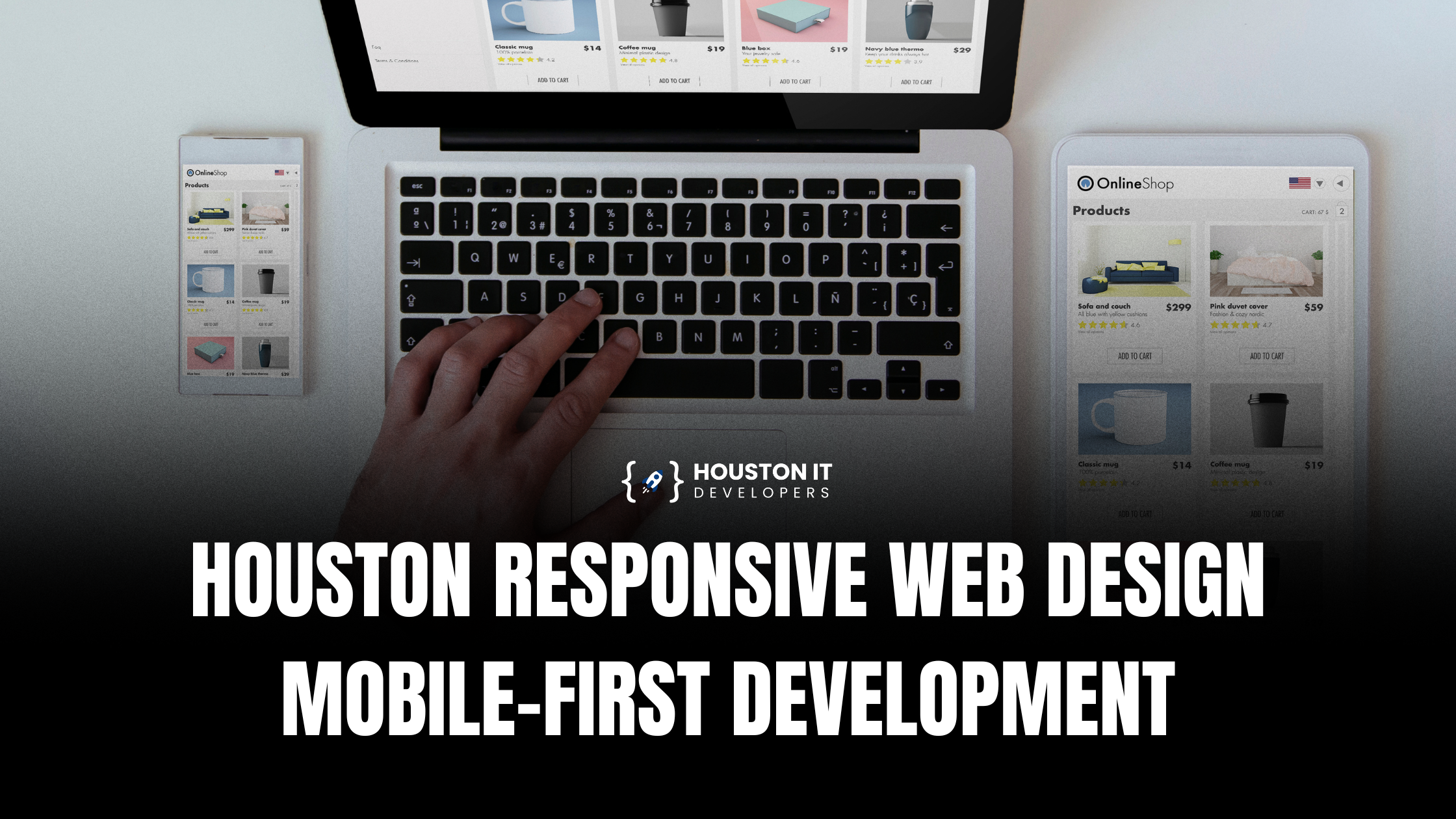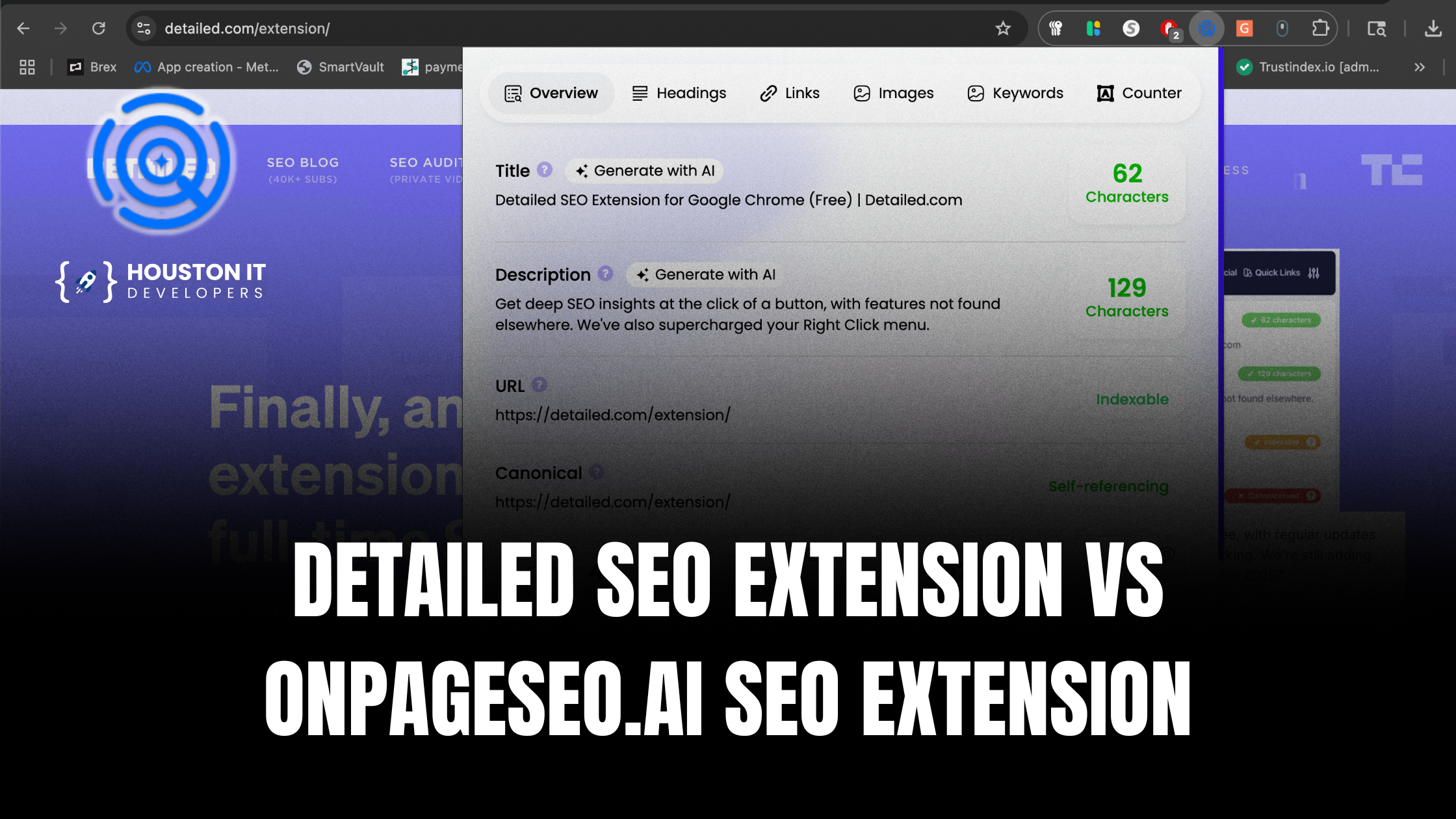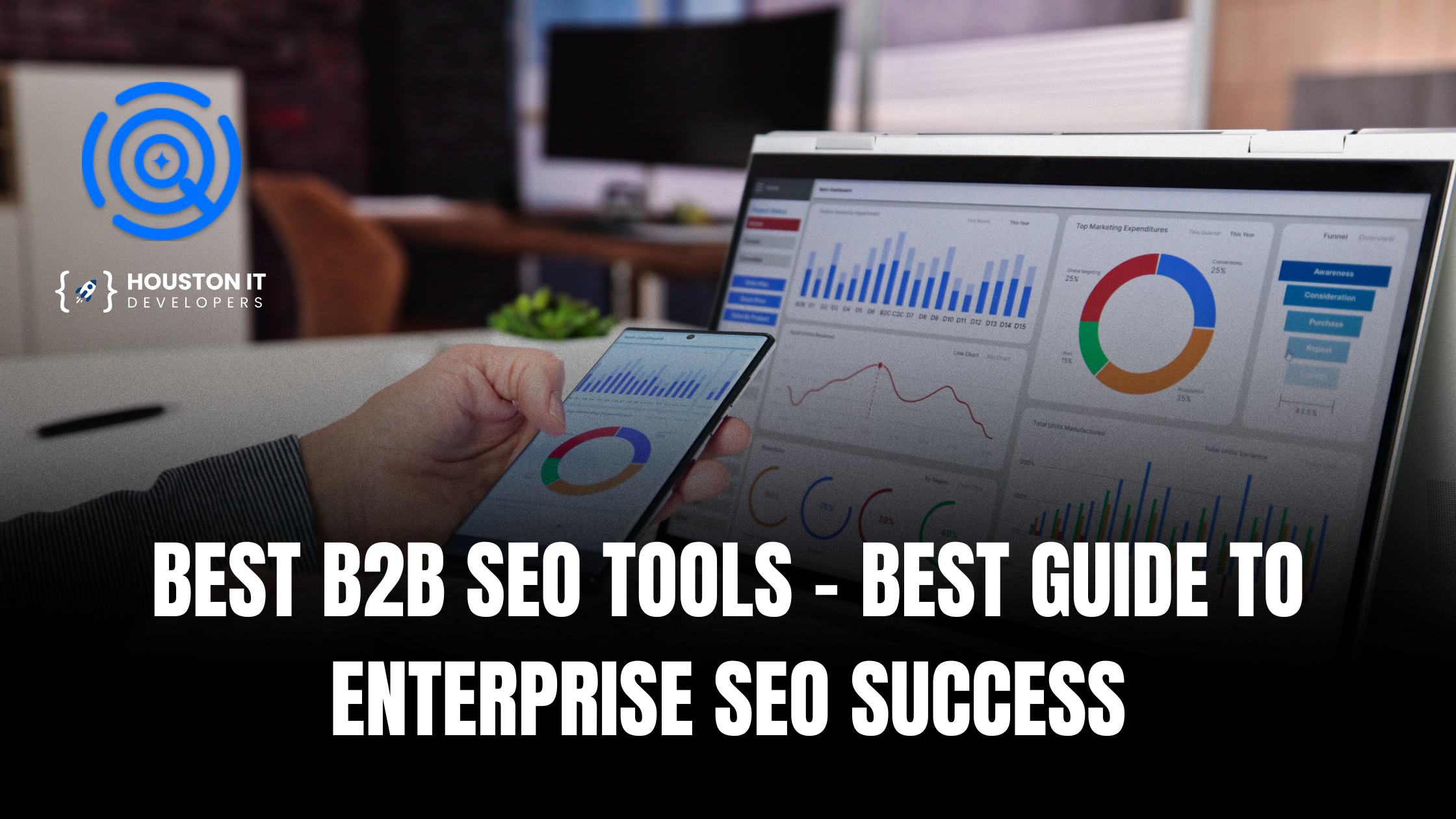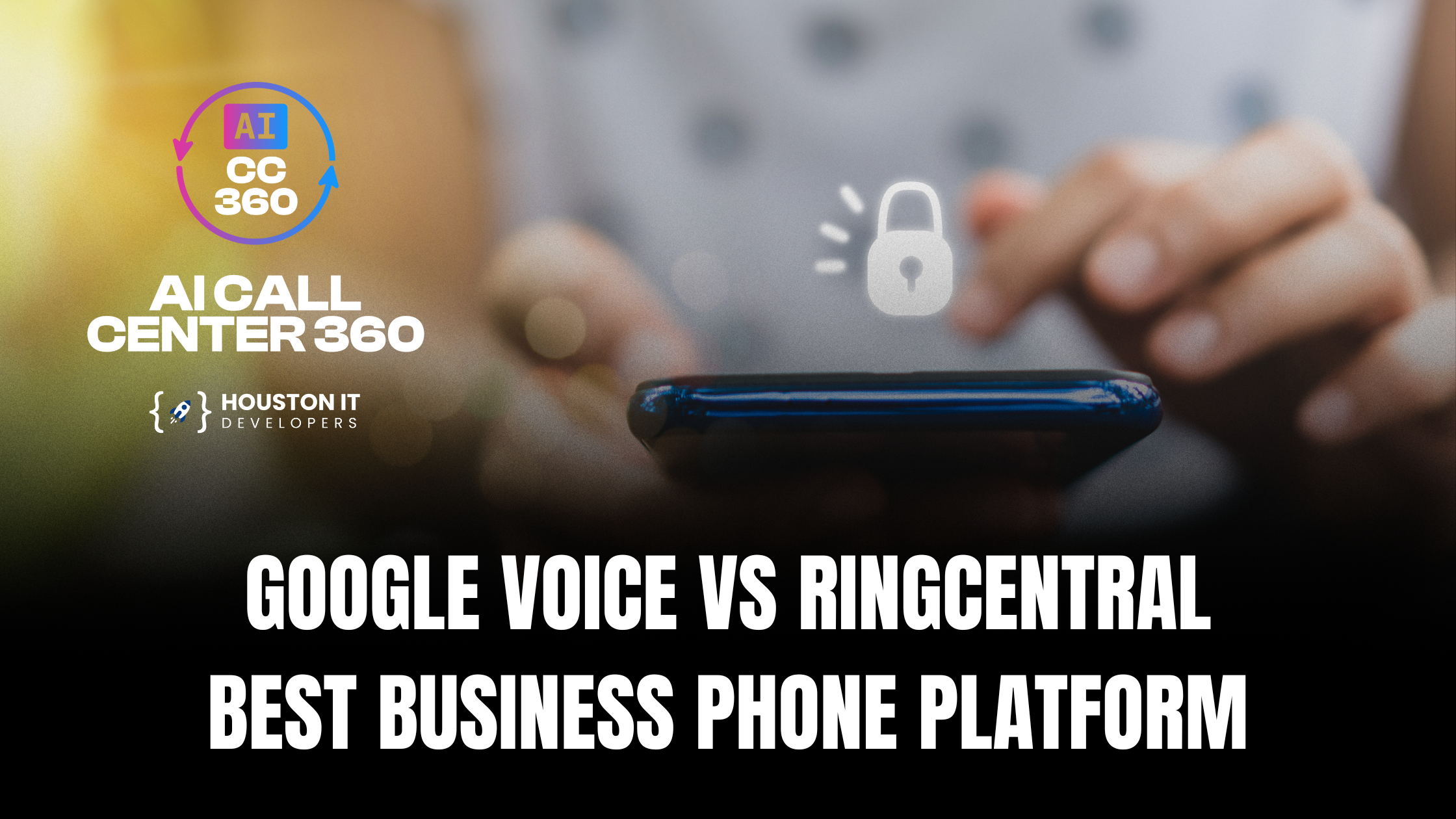The potential of Facebook ads is unlimited because there are so many different targeting options and places. When done correctly, you can prospect, re-engage, and convert with minimal expense.Here are 8 pointers for using Facebook ads to generate greater value and drive more revenue.
1. Use audience insights
Analyzing Facebook audience insights is a simple and quick technique to get audience targeting ideas. (The only exception is if you’ve ever bought followers, in which case the data is inaccurate.)
Your audience insights might help you get a sense of your audience’s demographics and other interests. Unfiltered audience analytics include a wide range of prospects from various profiles.
We advise focusing on several targets to acquire a sense of their profiles to make this data more valuable.
Focusing on particular demographics, for instance, can assist determine which interests to target for that demographic.
2. Choose the right objective
at first glance, it could appear as though each Facebook objective has a set location in the customer journey.
However, in practice, the majority of Facebook objectives may be used to attract and convert prospects at various stages of the buying process.
With a little imagination, you can find that experimenting with various objectives results in a lower cost per acquisition. We’ve seen that using a video views campaign occasionally can result in less expensive site visits than traffic campaigns, as well as developing affordable remarketing pools of both site visitors and video viewers.
Additionally, the video views campaign contributed to more helped conversions through organic visits than the traffic campaign in one instance with a customer offering a product that was the subject of considerable deliberation.
3.Good volume
Given that Facebook’s algorithms for identifying likely prospects are fairly robust, the conversion objective has the potential to be a killer performance.
However, as data is the fuel for those algorithms, conversion data is required for them to operate at their best.
Facebook may not be confident in predicting and recognizing which prospects are most likely to convert to show your ad effectively if you’re utilizing a conversion action that doesn’t generate a lot of volumes. If so, think about choosing a few slightly higher funnel actions for Facebook to focus its optimization efforts on.
For instance, optimizing for add-to-cart rather than purchases can help to provide Facebook a little more volume to use if you are e-commerce but don’t have much sale data.
If your conversion rates stay consistent, you should experience an increase in sales as more customers add items to their carts. (And make sure to remarket to people who add items to their cart but don’t check out.) You can retest using the lower funnel action as you generate more volume, but you might still discover that the volume of the higher funnel action occasionally results in a cheaper cost per transaction. If you are confused about how it works, then opt for Facebook ad management services, as they will help you out with everything.
Drive more revenue & convert more through Facebook,
Through less expensive methods.
Contact Us
4. First test using less expensive methods
This advice is strongly related to the advice given above about picking your goals carefully.
Jumping immediately into the conversion aim may not always make sense, depending on how long your customers’ journeys are.
The conversion format may occasionally be effective for generating top-of-funnel leads if your content is gated, but it may not always be the most cost-effective method of obtaining that interaction.
For instance, lead advertisements can be quite effective for the same goal and frequently at a lesser cost. You can also remarket lead form engagement.
The basic conclusion is that alternative campaign objectives outside the conversion objective might occasionally result in less expensive remarketing audiences if the goal is to push the top-of-funnel traffic to resources on your site.
5. Demographics
You can more precisely target your audience on Facebook by combining multiple audiences.
You can specify that prospects must fit into all of the interest or demographic objectives by using the “Narrow Audience” function when employing multiple interests.
You can combine different demographics and interests, or you can layer demographics and/or interests over your viewers.
To make sure that the advertisement you offer is pertinent to their interests, you may, for instance, employ a larger lookalike audience and then filter it with specific interests.
You might layer a hiking interest and run advertisements with pictures or videos of hikers on trails if you were employing a 3-5 percent percentage of all backpack sales. Exclusions can be used to narrow your audience as well.
For instance, you would probably want to eliminate those who already have specific (or perhaps even any) degrees if you were posting ads for a college.
Narrowing your audience too much is something you should be careful of.
Contrary to popular belief, Facebook does better with data, therefore being overly detailed can hurt performance.
It may occasionally make sense to layer your target interests together in a “either/or” fashion rather than a “and” fashion if they are too specific.
This effectively amounts to telling Facebook that prospects must be in one of these audiences (as opposed to requiring prospects to be in all audiences). This can increase the audience for some of your niche interests, which helps Facebook’s bidding algorithms do their function. To understand and work well with the Facebook algorithm contact Houston IT Developers, they will surely bring in revenue for your business.
6. Be creative
You have the chance to be incredibly inventive with audiences when using them, going beyond simply targeting all website visitors.
People who have looked at particular products can be remarketed (if you haven’t used dynamic remarketing for this, you should!).
To advance people through the customer journey, you can continue to target those who have already completed specific conversion steps.
You may, for instance, focus on users who added items to their carts but didn’t make a purchase or who downloaded a white paper but didn’t ask for a trial.
For instance, you might have multiple audiences for people who view products. To avoid having an overlap between the two ad sets, you would then exclude people who have viewed products in the last week from the ad set that targets people who have viewed products in the last thirty days.
Additionally, it is possible to divide up various custom audiences.
You could, for instance, export a list of audiences who have previously purchased more than once but not recently.
Alternatively, you may release new products and target your customers.
By introducing new complementary offerings, you could specifically target customers of particular goods or services. There are countless opportunities. Targeting on-page activities also expand your retargeting choices significantly.
7. Remarketing
As you’ve probably observed, Facebook offers a variety of retargeting options, all of which have the potential to be extremely beneficial.
In addition to the abundance of alternatives, Facebook is known for being a very affordable medium for re-engagement.
Remarketing engagement is one of the most affordable methods of marketing. This approach is not only affordable, but it also enables you to re-engage prospects who may have never visited your website, meaning that this may be your only chance to do so.
There are numerous effective methods for doing this, some of which have previously been addressed in this article, such as retargeting video viewers.
Additionally, you can remarket Facebook page engagement, instant experiences, and engagement on Instagram, to name a few.
8. Customize ads
You have a great chance to be hyper-relevant because you have so many targeting possibilities, including push and pull techniques.
You can simply generate relevance to the interest targets you’ve utilized to get in front of prospects if you’re targeting top-of-funnel prospects.
When marketing to audiences towards the bottom of the sales funnel, you can make content relevant to what they’ve already interacted with or expressed interest in.
As an illustration, suppose you market backpacks to the following groups:
- The students.
- Those who enjoy hiking.
- People who bring their laptops to work in a backpack.
- Then an advertisement tailored to each of those audiences should appear.
To reach a young professional, using an advertisement with students in a hallway would be completely inappropriate.
Remarketing them with a branded ad or an ad for a different product isn’t as effective as it may be if you’re selling software and someone has expressed interest in a specific software license.
Are you all set for Facebook ads?
Running Facebook ads on your own or hiring a digital marketing services provider to do that doesn’t change the fact that you should at least know the basics of how it works.
So, are you set to expand your business with Facebook ads or still confused? Worry not & contact Houston IT Developers, and they will do it for you flawlessly.
